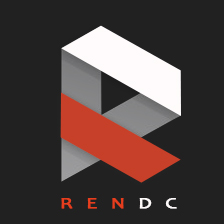There has been a fairly recent rise in designing for interactive media given all the technological advancements we have made. Because of that there has been a ‘new’ focus on UX and UI design, or user experience and user interface design. Even though UX has always been around, it existed without a name, but now it’s a really hot area in design.
Thinking about UX means being analytical. I see it as being composed of:
☛ Information architecture – to decide what needs to be presented and where
☛ Research and cognitive psychology – to understand user behaviors
☛ Wireframing – to go through each potential user step
In line with the focus on UI/UX, responsive design (another buzz word that’s been around for a while) has been a big area of change in design. We are at a point now where the screen size and resolution of our end-users is so varied, that we have to solve some new problems and think of our designs as being more flexible or device-agnostic.


